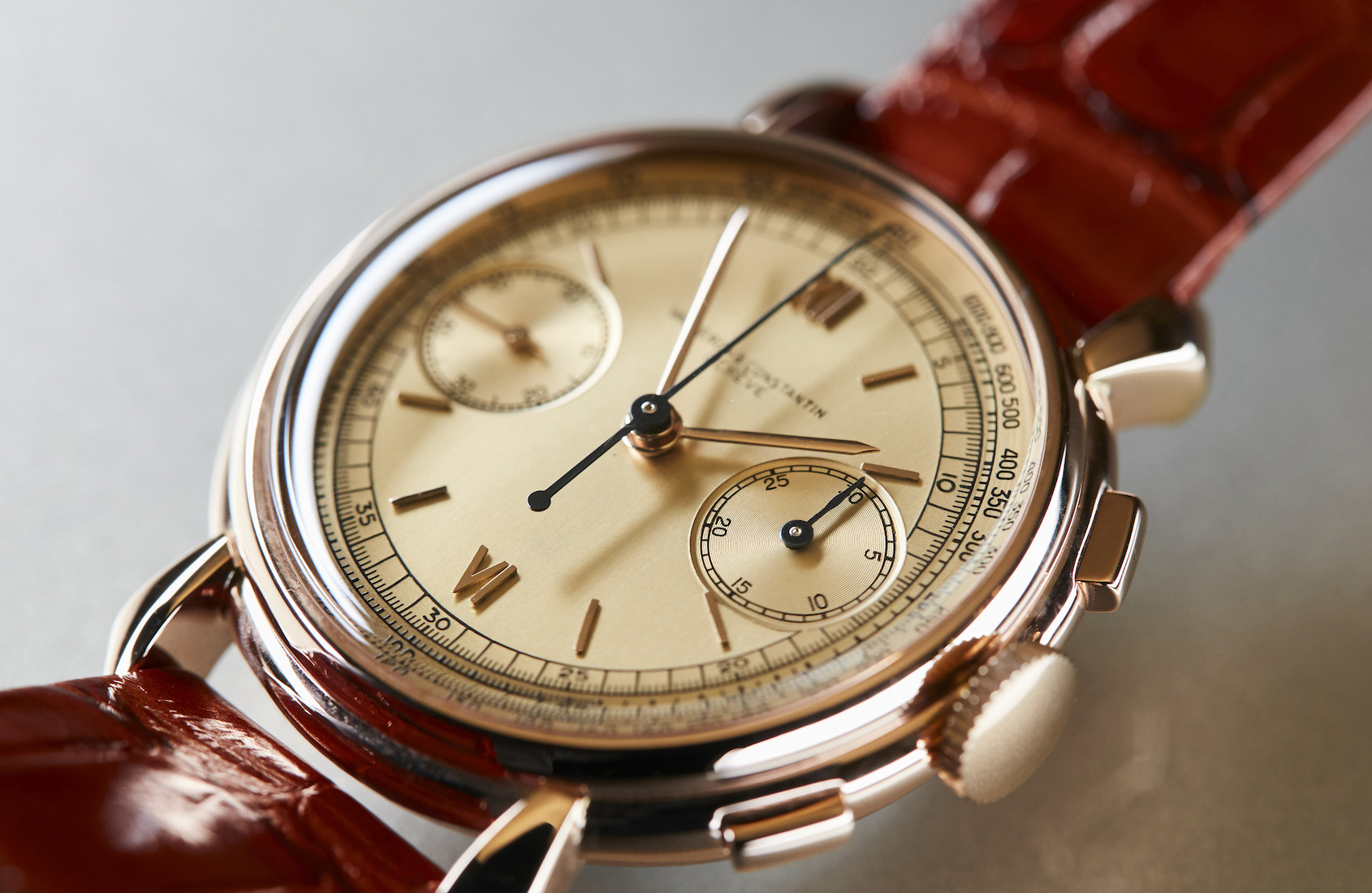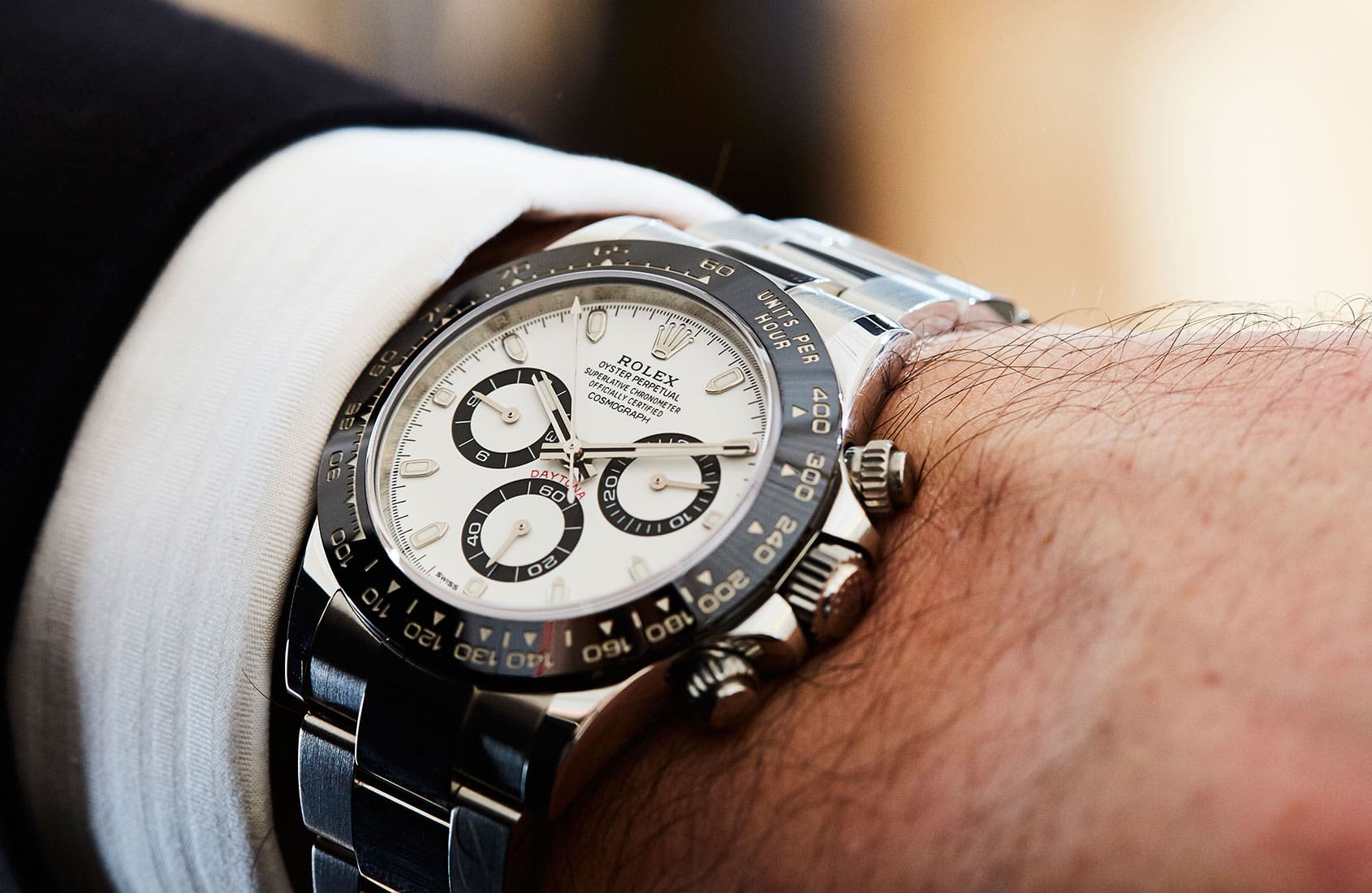RECOMMENDED READING: How watches became financial assets
Nick KenyonThe topic of watches and their worth has been the talk of 2019. With never-ending threads of comments on social media, expressing frustration at the current prices of some pieces, retailers attempting to negotiate the challenge of managing wait-lists, and the growth of The Flipper in the world of watch buyers, it seems that 2019 was the year that watches became financial assets. While most of this commentary is essentially regret-filled grumbles about passing on a Patrizzi dial Rolex Daytona for four figures half a decade ago, there are some examples of well-considered and articulately structured thought on the topic.
I recently read one such piece on The Open Caseback, which looked at three contributing factors for the bullish vintage sports watch market: auction houses, marketplaces and Instagram. Basically, a socially driven groundswell of interest in the depreciation a watch might experience once it leave the boutique has produced an example of Narrative Economics. While narrative is one of the most liberally employed words in current social science, Narrative Economics goes a long way to explaining the important role that storytelling plays in building interest around the long-term value of vintage wristwatches.

Through the different narratives that are pushed by auction houses, online marketplaces and Instagram, we are pushed slowly towards a view that considers watches primarily in their monetary value, and how they are likely to hold, lose or gain value over time. While it is certainly naive to ignore the inherent cost of a luxury watch, it seems a shame to solely focus on value, at the expense of a host of other motivations to buy yourself a nice watch. Either way, The Open Caseback makes a compelling argument, and you can read the full article right here.





